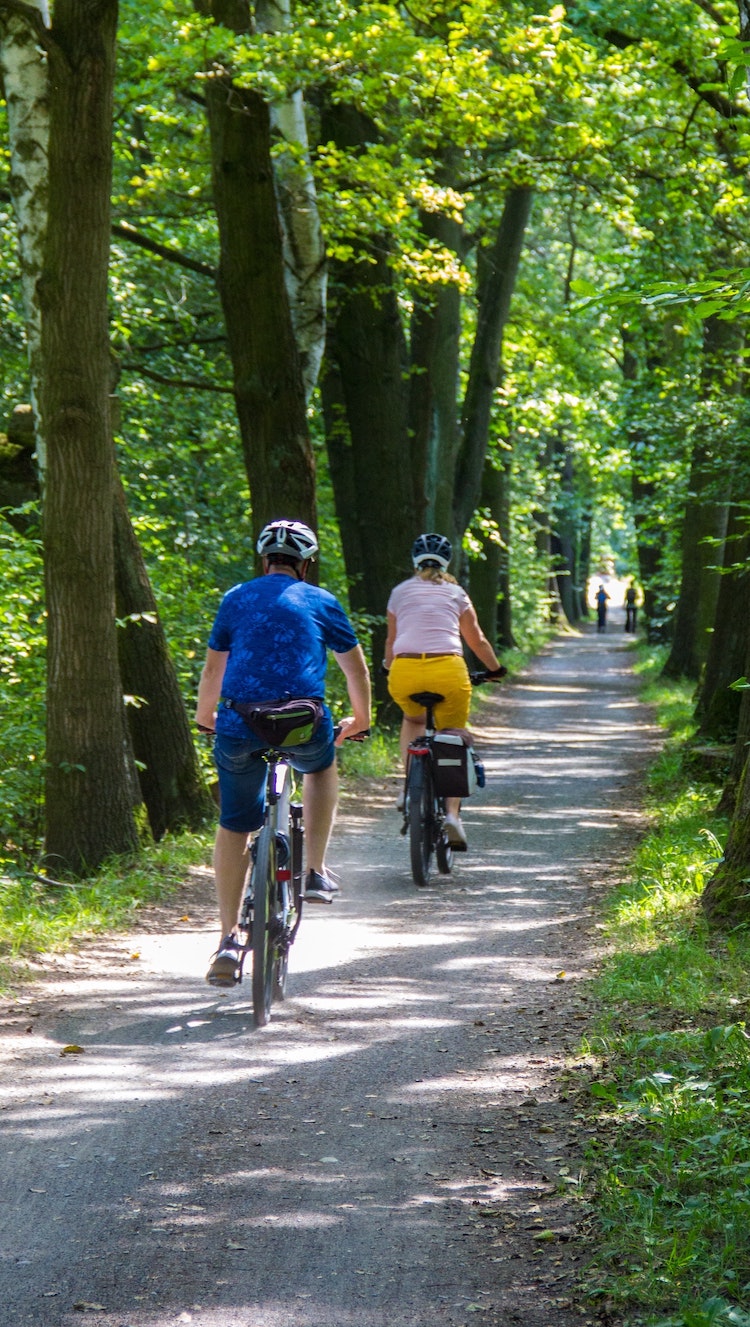A Pain in the Tailbone
Most of us don’t spend a great deal of time thinking about our spines – that is, until a problem occurs. It’s when the pain sets in that we go about trying to learn all we can about where the issue is coming from, and most importantly: what we can do to start feeling better. If you’ve ever experienced tailbone pain, you know how serious the discomfort can be.
But not many know much about the tailbone area. It’s made up of the last vertebrae of the spinal column. Earlier in life, these vertebrae are moveable just like anywhere else in the spine. As adults, however, these vertebrae in the tailbone fuse together. At the latest, the tailbone is typically fused by the time a person turns 30.
The tailbone can be a serious source of pain due to trips and falls. Often, the pain is idiopathic, meaning that healthcare providers can’t locate the cause.
The tailbone is also referred to as the coccyx. It looks like an inverted triangle with the widest part at the top and a smaller pointy end at the bottom. As the lowest point in the spinal column, the tailbone interacts with several other vital structures in the body.
It is part of the support when you’re in a seated position, providing you with stability and balance. Plus, many pelvic floor muscles connect to the tailbone.
 Why Pain Sets In
Why Pain Sets In
If you’re experiencing discomfort in the tailbone, there are a few common reasons:
- Limited mobility. If your coccyx doesn’t move like it should, it will jut out when sitting, putting too much pressure on the bones. This limited movement can even cause your pelvic floor muscles to tense up, adding to the pain.
- Hypermobility. If the coccyx moves more than it should, it adds stress to the entire area, including the pelvic floor muscles. Along with tailbone pain, you may experience pelvic pain.
- Dislocation. Part of the tailbone can become dislocated, which will cause pain.
- Idiopathy. Sometimes, there is no reason that can be found for tailbone pain. This can only be diagnosed if every other possible cause is ruled out.
- Coccydynia. Trauma to the tailbone leads to inflammation and pain. The causes of coccydynia include trauma, repetitive stress and childbirth.
- Referred pain. Just because you have pain in a certain area doesn’t mean it stems from a problem in that same area. It’s no different with the tailbone. Injury or inflammation elsewhere in the spine or pelvis could cause tailbone pain.
What to Do?
There are various options for resolving tailbone-related pain. When the pain first sets in, try an ice pack or cold pack. It will help to reduce inflammation, which occurs when an injury has initially occurred. If the pain has been present for more than a few days, you might find relief from a heating pad, which can help relieve muscle tension.
It’s also worth considering visiting a practitioner well-versed in the health of the spine. As a Chiropractor, we can evaluate your condition and make the most appropriate recommendations according to our expertise. No matter the cause behind your pain, it’s important to seek the help of a qualified practitioner who can help you to get back on the road to health.
Cycling and Chiropractic
Whether you are an avid cyclist or someone who enjoys a recreational bike ride with your friends or family, cycling is an excellent form of exercise. However, any form of cycling leaves you prone to injury. All forms of biking are not without the risk of injury – whether it’s from a fall, overused joints or muscles, improper balance, or poor posture habits. Cycling, like all forms of exercise, the physical stress can take a toll on ligaments, tendons, nerves, muscles, and joints. The crucial part here is that your spine is the part of your body that requires the most attention because all other cycling movements radiate from your core and spine, causing misalignment.
 What is The Solution?
What is The Solution?
This is where we come in to help with preventative and reactive measures to existing injuries.
Chiropractors can treat the most common cycling injuries, like:
- Wrist/Hand/Forearm: This includes numbness and pain, elbow dislocation, lateral epicondylitis (tennis elbow), ulnar neuropathy, Carpal Tunnel Syndrome, and Cyclist’s Palsy.
- Shoulder: This includes AC joint sprains and clavicle fractures.
- Back/Neck: This includes tightness in the neck and lower back pain, as well as piriformis syndrome, when the piriformis muscle cramps and presses on the sciatic nerve, causing buttock pain or sciatica.
- Knee/Leg: This includes Cyclist’s Knee (Patellofemoral syndrome), patella and quadriceps tendonitis, medial plica syndrome, and iliotibial band friction, which either affect the kneecaps or outer knees. This also includes Achilles tendonitis and thigh and hip flexor strain.
- Foot: This includes numbness and tingling, plantar fasciitis in the heel, and arch pain.
- Muscles: Muscle pain includes soreness that lasts and goes away in 24 hours and delayed onset muscle soreness (DOMS) that lasts longer than 24 hours.
The truth is that all forms of activity come with long lists of potential injuries. Cycling also comes with a long list of significant effects on the body. Cyclists have reported improved overall cardio, range of motion, heart rate variability, muscle strength, and athletic ability. Essentially people report becoming stronger and faster with ease.
Preventative Care
The best preventative work comes when you include regular Chiropractic care in your regimen. Regular chiropractic care can prevent many injuries due to falls or improper technique.
Here are some tips to help prevent some of these injuries:
- Always stretch before a ride.
- Adjust your seat height, so it’s not too high or too low.
- Knees should be aligned with your feet at 90 degrees when riding.
- Make sure your bike is fitted correctly to you. Everyone has a different arm length, leg size, and posture; try out several bikes of different sizes to determine which frame size and other features are a good fit.
- Avoid hunching your shoulders.
- Use the entire pedal stroke completely to avoid pointed toes and tired and cramped calves.
- Adjust your handle grip frequently.
- Don’t constantly tilt your head to one side.
- Stay hydrated.
- Stay warm in cold weather.
Cycling is an activity that can (and should) be enjoyed by the whole family. It’s something we can look forward to with the changing seasons and often brings a refreshing start to spring after some long winter months.
Including us as part of your cycling routine and ensuring you have correctly fitted safety gear is the most essential part of this journey, aside from the fun you will have.


